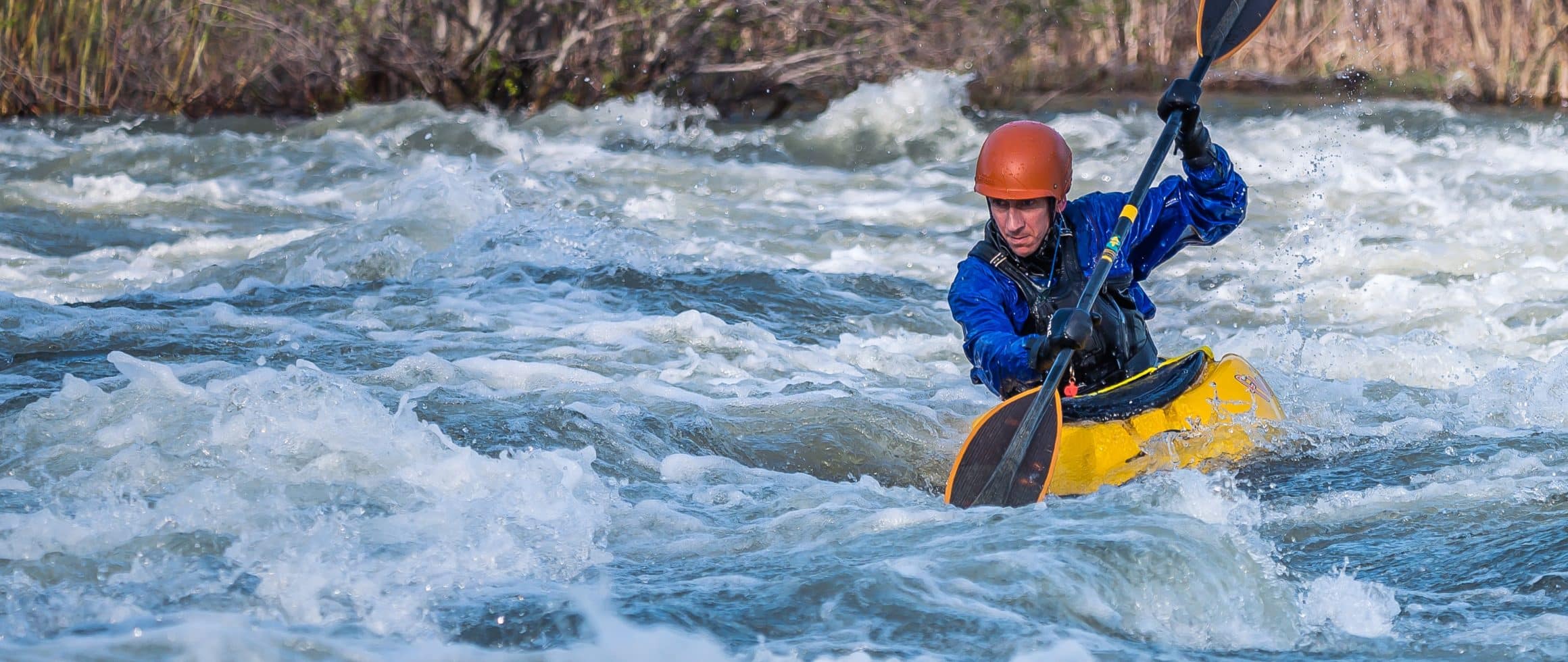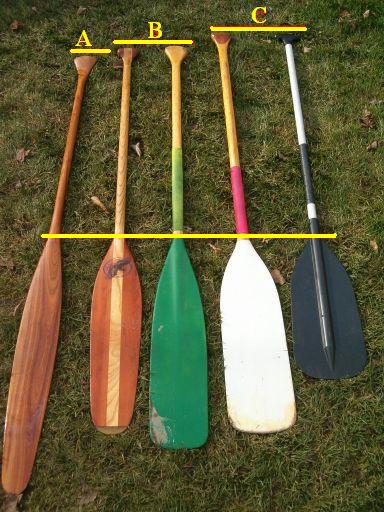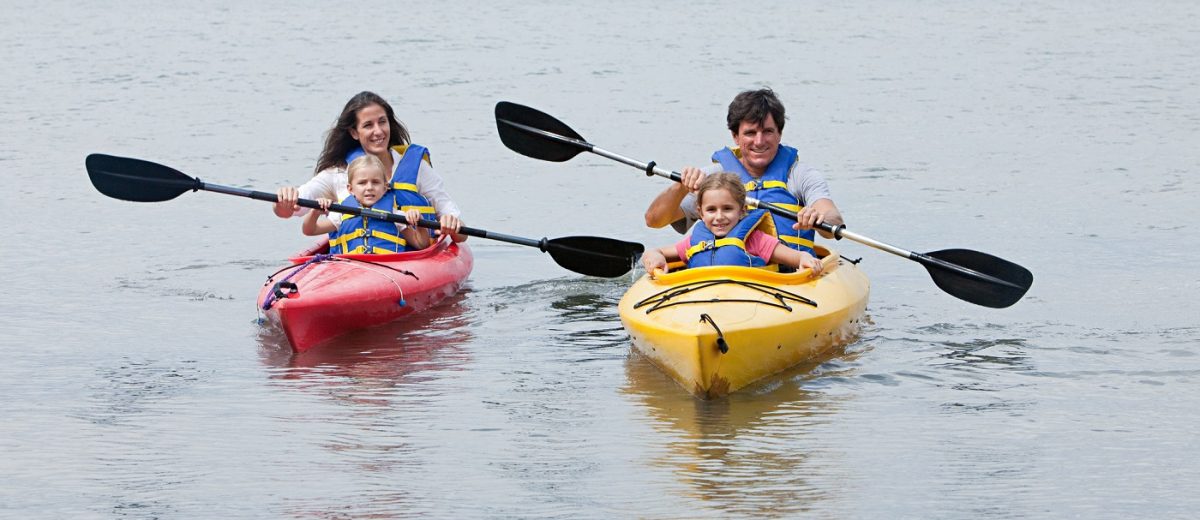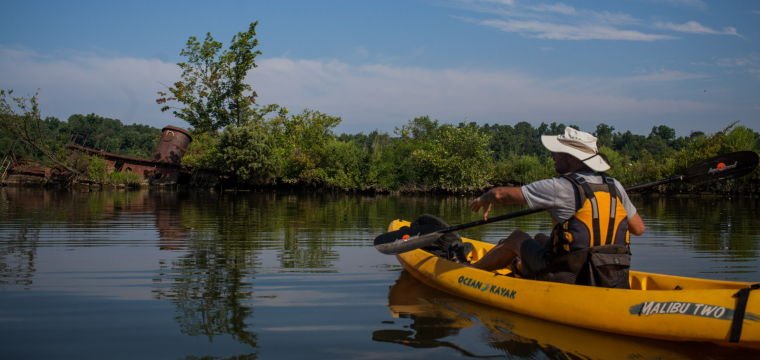
- Alabama
- Alaska
- Arizona
- Arkansas
- California
- Colorado
- Connecticut
- Delaware
- Florida
- Georgia
- Hawaii
- Idaho
- Illinois
- Indiana
- Iowa
- Kansas
- Kentucky
- Louisiana
- Maine
- Maryland
- Massachusetts
- Michigan
- Minnesota
- Mississippi
- Missouri
- Montana
- Nebraska
- Nevada
- New Hampshire
- New Jersey
- New Mexico
- New York
- North Carolina
- North Dakota
- Ohio
- Oklahoma
- Oregon
- Pennsylvania
- Rhode Island
- South Carolina
- South Dakota
- Tennessee
- Texas
- Utah
- Vermont
- Virginia
- Washington
- West Virginia
- Wisconsin
- Wyoming
A Guide To Packing And Preparing For A Multi-Day Canoe Trip
A Guide To Packing And Preparing For A Multi-Day Canoe Trip
You can have a lot of fun when you go on a multi-day canoe trip! As you travel from one campsite to another by boat, you will feel a sense of nostalgia and closeness to nature. It's an opportunity to get in touch with nature in a way that most people don't, and you can escape the monotony of everyday life. If you are beginning to prepare for your trip, there are a few things that you need to keep in mind.
Making Plans For A Multi-Day Canoe Trip
multi-day canoeing trip
Make A Route Plan
One of the most important things you can do when preparing for a multi-day canoe trip is to plan your route.
Select Your Waterway
When selecting your waterway, you should consider a few things if you are entirely new to overnight canoe trips.
What Is Your Preferred Distance From Home For The Trip?
If you are looking for a quick overnight getaway near your house, you will only have access to the waterways close to your home. As a result, you may only be able to access rivers, lakes, bayous, or ocean-adjacent canals based on where you live. However, planning for these channels is somewhat different.
You'll have more options if you have more time on your hands and are willing to travel farther for your paddling trip. If you don't want to transport a boat, you could go to a place that rents out canoes overnight.
Would You Prefer Moving Water Or Flat Water?
A moving waterway has a current or significant tidal pull, and flat water does not have a present and is not affected by the tide. A river or stream is usually flowing water, while a lake or bayou is typically flat water. The marshes and springs can go either way, so you need to look into the specific waterway. Here are some things to consider when choosing between moving water and flat water:
- You are capable. It is best to paddle on flat water if you are still relatively new to paddling and have trouble steering. Making a mistake in moving water can have much more significant consequences than making a mistake in flat water.
- Where you will put in and take out, you can put in and take out at the exact location if you're paddling on flat water. Therefore, you might only need one vehicle to transport your canoe and gear. If you are paddling on moving water, taking out somewhere downstream will be required. So you'll need to devise a plan for returning the canoe to your car.
What Kind Of Campsite Are You Looking For?
There are different types of camping along various waterways. You should pick your channel and campsite based on what will make your trip the most enjoyable.
Camping on the beach. Some rivers, lakes, and ocean-adjacent waterways have sandy beaches that make them ideal for beach camping. A beach campsite can be fun because it's soft, pretty, and slopes gently into the water. However, beach camping is not for you if the idea of sleeping in the sand in your tent disgusts you.
- Camping in the mud. Dirt campsites are usually available along rivers, springs, and lakes. Trees are often plentiful at these sites, and the land can have a variety of slopes. Dirt camping can be messy if it rains, but it's not too bad otherwise.
- Cabins on the Riverside. Look for a site that offers riverside cabins if you want a fancier camping experience. For example, several state-run River Camps are available on the Suwannee River in Florida. Unlike tent camping, they provide more shelter and amenities than a typical cabin at a state park.
- You can camp on a platform or in a Chickee Hut. You might not have a lot of lands available for camping if you are planning a multi-day canoeing trip in a bayou or marsh. The soil in marshy areas is very soft and wet, so tent camping is impossible. You would need to reserve a Chickee Hut or a platform if you wanted to camp in an environment like the Everglades.
Distance Planning
Plan your distance once you've narrowed down the type of waterway you would like to paddle. Multi-night canoe trips typically entail covering several miles, but the exact length and difficulty will vary depending on the channel. You'll float downstream in a river faster than you would in a tidal marsh paddling against the tide.
Consider how fast you can paddle on flat water and how currents, tides, and wind might affect your speed on the trip. Plan your campsites and distances each day once you've got the space down.
Related Canoe camping gear
Weather Forecast
Be sure to know the following things before you finalize your multiday canoeing plans:
- You should know the general weather conditions when you plan to paddle.
- The weather forecast for the day you plan to swim.
It's not a good idea to be surprised by the weather when you're on vacation. Preparing for warm, cold, or rainy weather can be helped by knowing the general weather conditions of an area. You'll be able to see if there are any changes to your plans if you know the specific forecast for your trip dates. In the event of weather events like tropical storms, winter storms, and wildfires, it will also keep you safe.
Maps Should Be Prepared
If you are planning a multi-day canoe trip, you'll need maps of the section of the waterway you will be paddling. After you have prepared the route, campsites, and distance, you can buy the maps. For overnight trips by canoe, USGS Topographical Maps come in handy. Using their website, you can narrow down the exact map quadrants you will need for your trip, order them, and have them shipped to you.
Mark the locations of your campsites on the maps once you receive them. Just remembering your camps along the way is hard enough without trying to navigate while paddling. By marking them ahead of time, you'll be able to navigate more efficiently, and you'll be less likely to miss your campsite.
You should prepare your maps to make them more durable if you're planning to paddle this area again and again or if you're worried about rain during the trip. Consider laminating the maps and marking the campsites with grease pencils on the lamination to remove the marks after your trip.
Map
Feel Free To Contact US
A campsite that requires reservations should be contacted in advance if you plan on staying there. Reservations should not wait until the last minute, and a canceled camp can ruin canoeing multi-day trips.
Check if you need to notify anyone in advance if you plan to park your vehicle at a boat launch while on the trip. For a small fee, some state parks will let you use their boat ramps and offer security for your vehicle while it is parked there.
Canoeing On A Multi-Day Trip: What To Pack
What to pack for a multi-day canoeing trip
It's much easier to pack for a multi-day canoe trip than to plan the trip's details. Camping items can fall into several categories.
Gear For Paddling
If you are going on a multi-day canoe trip, your paddling gear is essential. Don't forget to bring all of the necessary equipment for you and your boat partner to stay safe. Make sure you have these items:
- Bring extra paddles in case one gets lost on the way.
- Canoe
- Bailer
- Devices that provide personal flotation lifejackets
- Sponge
- First aid kit
Items For Sleeping
Plan your camping trip and your sleeping items based on your typical weather. Among the things you will need are:
- Tarp
- Sleeping pad
- Bug net
- Sheet
- Sleeping bag
- Tent
Clothes
Stay comfortable while canoeing overnight by packing the proper clothing. You should bring clothing that dries fast if you get wet, and this will help keep you warmer and prevent chafing by pulling water away from your skin. You should also pack clothing that protects you from rain, sunburn, and bug bites. Include clothing that covers you from the following:
- Jackets
- Shorts
- Pants
- Underwear
- Tee shirts
- Long-sleeved shirts
- Socks
- Paddling shoes
- Camp shoes
- Sun hats
- Bandanas or Neck gaiters
- Rain gear
- Warm hats
- Gloves
Things That Belong To You
A multiday canoe trip requires different personal items based on the individual. Articles in this category include:
- Medications
- Toothbrush and toothpaste
- Headlamp
- Hairbrush
- Lighter/matches
- Sunglasses
- Contacts and contact solution
- Feminine hygiene products
Items That Can Be Eaten
Ensure you and your boat partner have enough food and food prep items to last the entire trip. Things like meals, snacks, cooking equipment, and cleaning equipment fall into this category. Choose food that's easy to prepare and won't mess up if you don't want to cook and clean on a multi-day canoeing trip.
- Plates, bowls, spoons, etc.
- Breakfast, lunch, and dinner
- Drink 2 gallons of water per day per person
- Snacks
- Camping stove full-size or single-use based on what you'll be cooking
- Fuel for the camp stove
- Pots, pans, spatulas, etc.
- Soap, sponges, etc.
- Trash bags
Keeping Critters Safe
Animals like bears and raccoons should not be allowed into your camp at night to steal food. For more information about the wildlife in the area where you will be camping, do some research. Protect yourself accordingly. Things you may need include:
- The Action Packer has heavy items placed on top of it overnight to protect against raccoons.
- Protect yourself from bears with a bear vault.
Packing For Multiday Canoe Trips
Packing For Multiday Canoe Trips
Let's talk about how to pack after covering what to bring on a multi-day canoe trip. Your gear is always at risk of getting wet since you will be traveling by canoe, and there will inevitably be some water, whether it is rain or splashes. Keep your gear dry by packing accordingly.
When preparing for an overnight trip, dry bags are the best thing to buy. To keep your clothes and sleeping equipment dry, you can purchase a large Seal Line dry bag and gear bag liners. Sea To Summit small dry bags allow you to keep personal gear close to you in the boat to access it easily.
Things we like:
- Nalgene's bestselling water bottle for more than 20 years
- Made of BPA-free Eastman Tritan co-polyester with superior impact resistance; dishwasher safe on top rack
- Suitable for both warm and cold beverages (-40 to 212 degrees Fahrenheit); wide mouth makes cleaning and adding ice cubes easy
- Opening accommodates most water filters; marked with milliliters and ounces for easy measurement
- Made in the USA and guaranteed for the life of the product
Things we don't like:
- Not suitable for hot beverages above 212 degrees Fahrenheit
- May not fit in all cup holders due to wide mouth design
- Limited color options available
- Some customers reported leaking issues
It's easier to store food, camp stoves, and cooking equipment in durable containers like Action Packs. A bucket with a durable lid, bowls, spoons, and cups fit easily. The best way to carry drinking water is in 5-gallon containers and pour it into a Nalgene water bottle to keep the water with you while paddling.
As long as you pack and prepare carefully, you'll have a great time on your overnight paddling trip.

![Camping with a canoe: How to Get Started [New 2026]](https://shared-bucket-websites.s3.amazonaws.com/CampingwithAcanoe-1671170040076)









